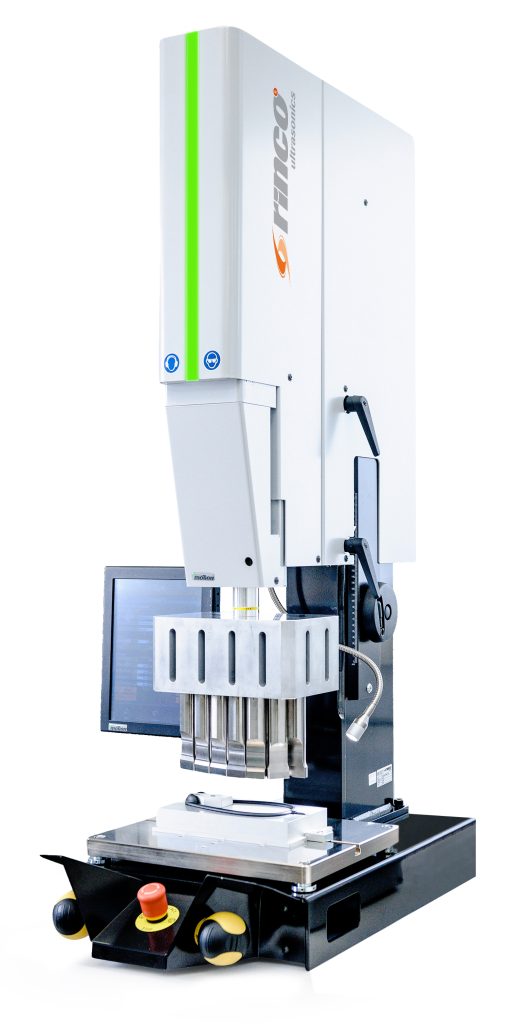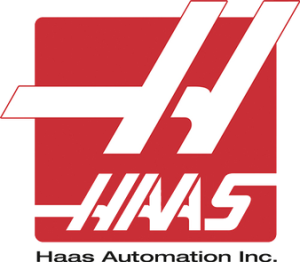We design and manufacture high quality ultrasonic welding tooling, horns, jigs and fixtures at all frequencies and for all leading makes of ultrasonic plastic welding equipment, we can also manufacture spin welding, vibration welding and hotplate welding tooling to suit your project.
We offer a range of high quality ultrasonic welding machinery, ultrasonic generators, tools and components from Rinco Ultrasonics for sale. If you would rather make use of the machinery for a project, we offer equipment rental packages for both short and long-term projects.
As well as providing the machines themselves, we manufacture and supply replacement parts for ultrasonic welding machinery, including jigs, cutters and fixtures, ensuring minimal downtime for your project.
At Sabre we have a full range of Rinco Ultrasonic welding equipment on display in our showroom at our Letchworth site, so why not visit our site and see if we could help supply some ultrasonic plastic welding equipment for your project? We can run evaluation application trials on your components or materials without obligation, allowing you to keep your equipment running and reduce downtime.








